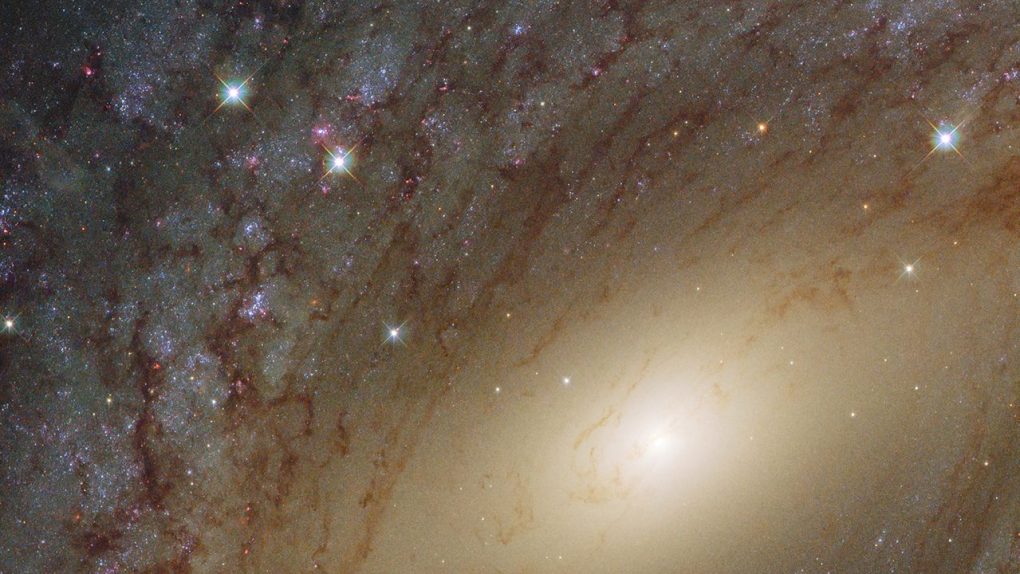We often think of our home galaxy, the Milky Way, as being a self-contained collection of stars, planets, gas and dust. Sure, it’s going to slam straight into the neighboring Andromeda galaxy at some point in the distant future, but for now the Milky Way is pretty much just chilling out, right?
Not so fast.
A new research effort to study the movement of material into and out of our galaxy reveals that the Milky Way is actually growing, sucking up more and more gas, and scientists aren’t sure where this extra material is coming from.
Stars have a habit of pushing things away. During their lives, stars produce powerful stellar winds that push gasses away, and when stars that become supernovas explode, the force of the blast pushes material out at a rapid pace. These forces push gas out of the Milky Way’s disc, but that gas is eventually sucked back up by the galaxy and the cycle of star formation begins again.
This constant recycling should mean that our galaxy is always regaining the same amount of gas that it’s losing, but a new study published in the Astrophysical Journal reveals that’s not the case. In fact, the Milky Way is sucking up significantly more gas than it loses, meaning that there must be an external source.
As for what is providing the galaxy with the additional mass, the researchers can’t say for certain, but they have a few ideas. It’s possible, the scientists say, that the Milky Way is siphoning off gas from much smaller galaxies in its orbit. If this is the case, our galaxy is essentially robbing smaller galaxies of their mass, potentially hindering their ability to birth new stars. It’s also possible that the Milky Way is simply slurping up loose gas from the intergalactic medium.
Going forward, studies of nearby galaxies could reveal whether the Milky Way’s behavior is unique or common among large galaxies, and perhaps reveal the source of this surplus gas. For now, we’ll just have to guess.








